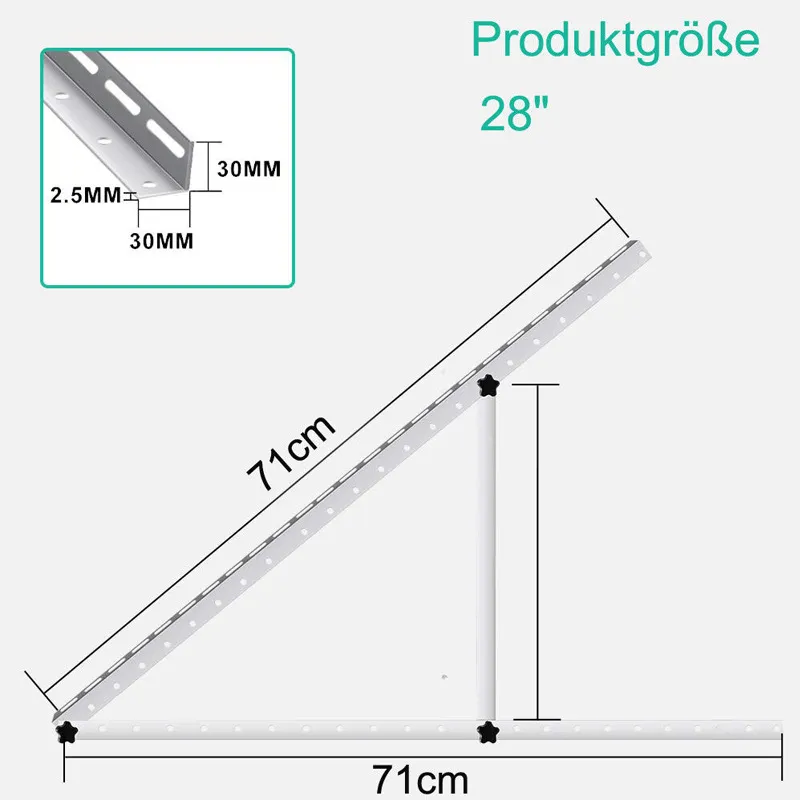

Innovative Design and Applications of Tapered Head Self-Tapping Screws in Modern Construction Projects
Jul . 27, 2024 04:00 Back to list
Innovative Design and Applications of Tapered Head Self-Tapping Screws in Modern Construction Projects
Understanding Tapered Head Self-Tapping Screws An Essential Component in Modern Engineering
In the world of construction and manufacturing, the choice of fasteners plays a crucial role in ensuring the integrity and durability of assembled products. Among various types of fasteners, tapered head self-tapping screws have gained significant attention due to their unique design and functionality. This article explores the characteristics, advantages, applications, and best practices for using tapered head self-tapping screws.
What are Tapered Head Self-Tapping Screws?
Tapered head self-tapping screws are a specialized type of screw designed to create their own mating threads in the material they are driven into, eliminating the need for a pre-drilled hole. The tapered head design provides a smooth and aesthetically pleasing finish, while the self-tapping feature allows for quick and efficient assembly. Typically made from materials like stainless steel, carbon steel, or brass, these screws are engineered to provide optimal performance in a variety of settings.
Advantages of Tapered Head Self-Tapping Screws
1. Efficiency One of the most significant advantages of using tapered head self-tapping screws is the time-saving aspect. The ability to tap into materials without pre-drilling increases the speed of assembly, which is crucial in applications with tight deadlines.
2. Strong Connection These screws create threads as they are driven into the material, ensuring a strong hold. The tapered shape of the head also contributes to a larger bearing surface, improving resistance to stress and vibration.
3. Versatility Tapered head self-tapping screws are available in various sizes and materials, making them suitable for a wide range of applications, from metalworking to woodworking. Their versatility allows manufacturers to use them across different sectors, including automotive, construction, and electronics.
4. Aesthetic Appeal The tapered head design lends itself to a cleaner, more finished appearance once installed. This can be particularly important in consumer-facing applications where the visual aspect of the assembly matters.
Applications
tapered head self tapping screws

Tapered head self-tapping screws are used in numerous applications. In the automotive industry, they are commonly employed to assemble body panels, metal brackets, and other components requiring a strong yet lightweight fastening solution. In furniture manufacturing, these screws facilitate the assembly of components while maintaining a neat appearance. Additionally, they are frequently found in electronic devices, providing secure fastening for circuit boards and casings.
Best Practices for Using Tapered Head Self-Tapping Screws
To maximize the effectiveness of tapered head self-tapping screws, certain best practices should be followed
1. Choosing the Right Size It's essential to select the appropriate screw size for the material being used. The diameter and length should be considered to ensure the screw provides maximum engagement and strength.
2. Material Compatibility Ensure that the screw material is compatible with the material being fastened. For instance, stainless steel screws are ideal for outdoor applications due to their corrosion resistance.
3. Proper Tooling Using the correct driver and speed is vital for optimal performance. Too much torque can strip the threads, while too little can result in inadequate fastening.
4. Pilot Holes Although self-tapping screws do not require pilot holes, drilling a small pilot hole in harder materials can help guide the screw and reduce the risk of material damage.
Conclusion
Tapered head self-tapping screws are indispensable fasteners in modern engineering and construction, known for their efficiency, strength, and aesthetic appeal. Their unique design and functionality make them suitable for a wide range of applications across various industries. By understanding their advantages and following best practices in their usage, professionals can enhance the reliability and quality of their assemblies, ultimately contributing to a more robust and efficient production process.
Latest news
-
Hot Dip Galvanized Bolts-About LongZe|High Strength, Corrosion Resistance
NewsJul.30,2025
-
High-Strength Hot Dip Galvanized Bolts - Hebei Longze | Corrosion Resistance, Customization
NewsJul.30,2025
-
Hot Dip Galvanized Bolts-Hebei Longze|Corrosion Resistance&High Strength
NewsJul.30,2025
-
High-Strength Hot-Dip Galvanized Bolts-Hebei Longze|Corrosion Resistance&High Strength
NewsJul.30,2025
-
Hot Dip Galvanized Bolts-Hebei Longze|Corrosion Resistance&High Strength
NewsJul.30,2025
-
Hot Dip Galvanized Bolts - Hebei Longze | Corrosion Resistance, High Strength
NewsJul.30,2025

